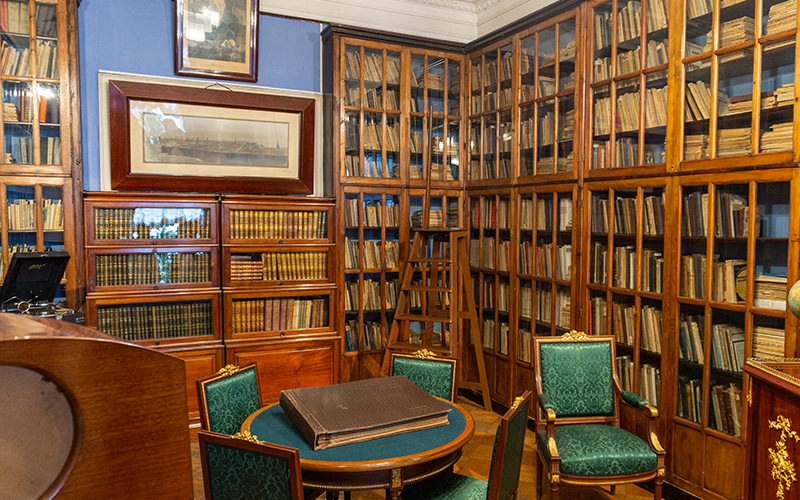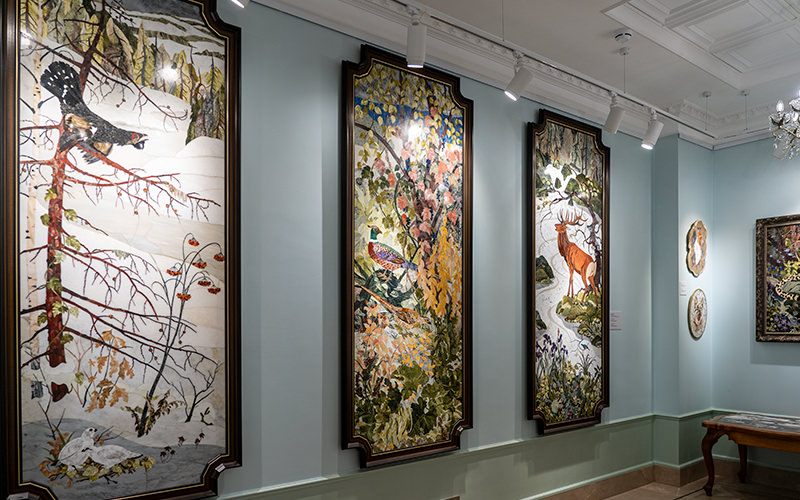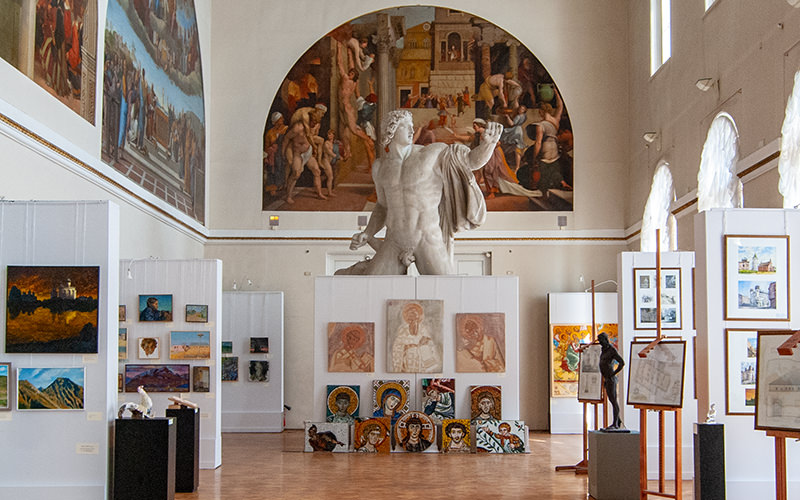In today’s article, I would like to continue the story about one of the most famous sights of St. Petersburg, the Alexander Nevsky Lavra. I have already written about how to get there and how to access the Necropolis of Masters of Arts. Today, I will focus on the Annunciation Crypt and the oldest cemetery in St. Petersburg—the Lazarevsky Cemetery, known as the Necropolis of the 18th Century. These complexes now belong to the State Museum of Urban Sculpture.

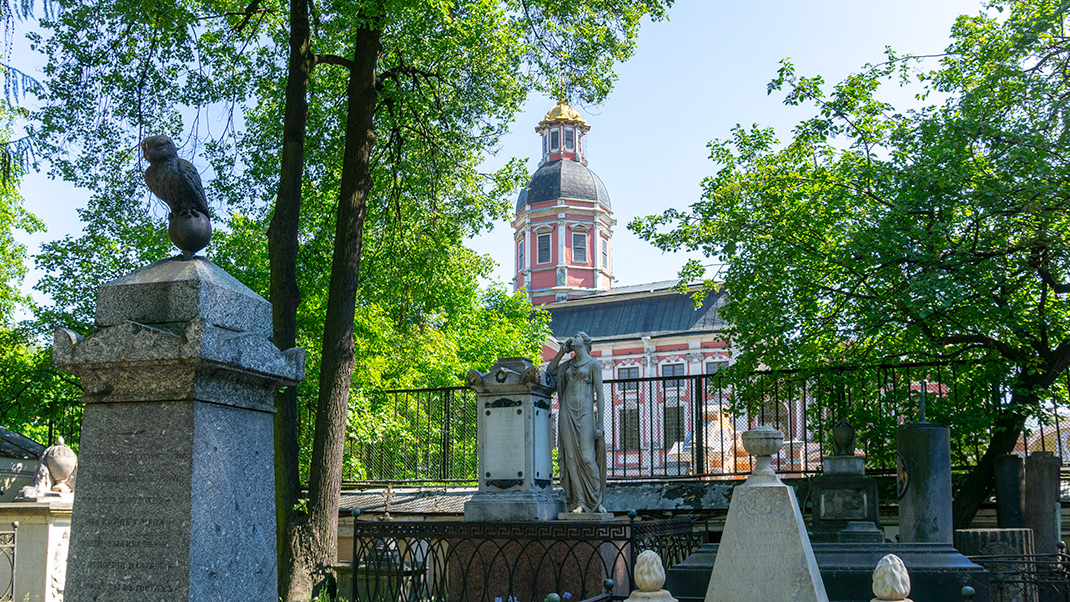
Finding the necropolis is very easy: you pass through the arch of the Church of the Nativity and in a few dozen meters, you will see two entrances. On the left side is the complex you need, while the Necropolis of Masters of Arts is on the right.
The cost of admission is 150 rubles (summer 2019). There is also an option to buy a ticket to both necropolises for 300 rubles. Guided tours are conducted at set times, and their cost is already included in the ticket price. It’s best to check the schedule for tours in advance.
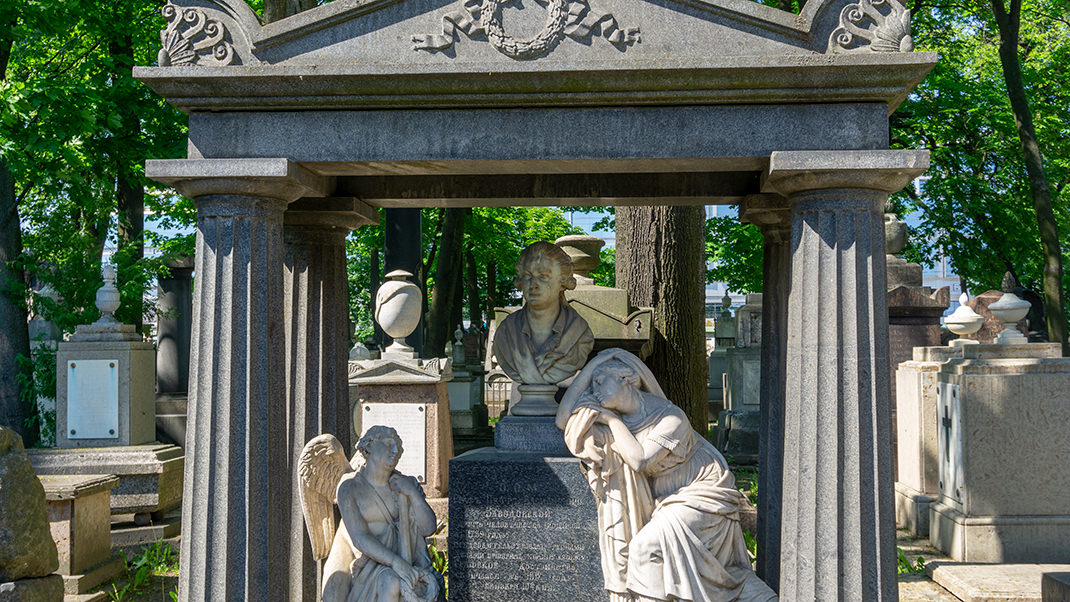
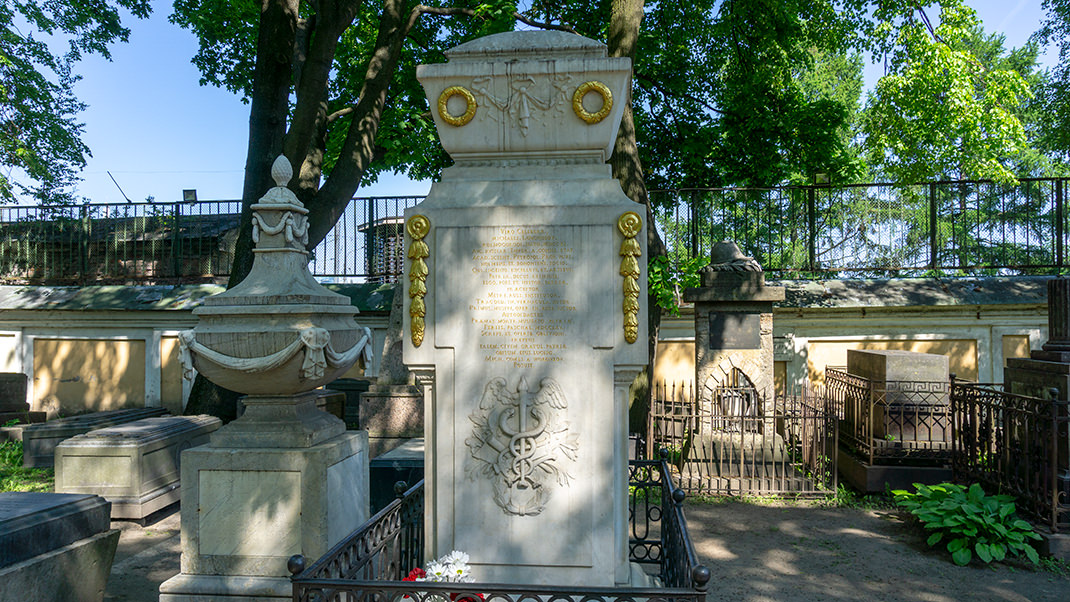
Necropolis of the 18th Century
The Lazarevsky Cemetery was established during the reign of Peter I, during the construction of the Lavra ensemble. Initially, permission from the Tsar was required for burials here, as the cemetery served as a burial site for nobles and aristocrats.
In 1717, the Church of Righteous Lazarus, or the Lazarev Crypt, was built on the cemetery grounds for the burial of Peter's sister, Natalia Alexeyevna. The area near it was considered the most honorable.
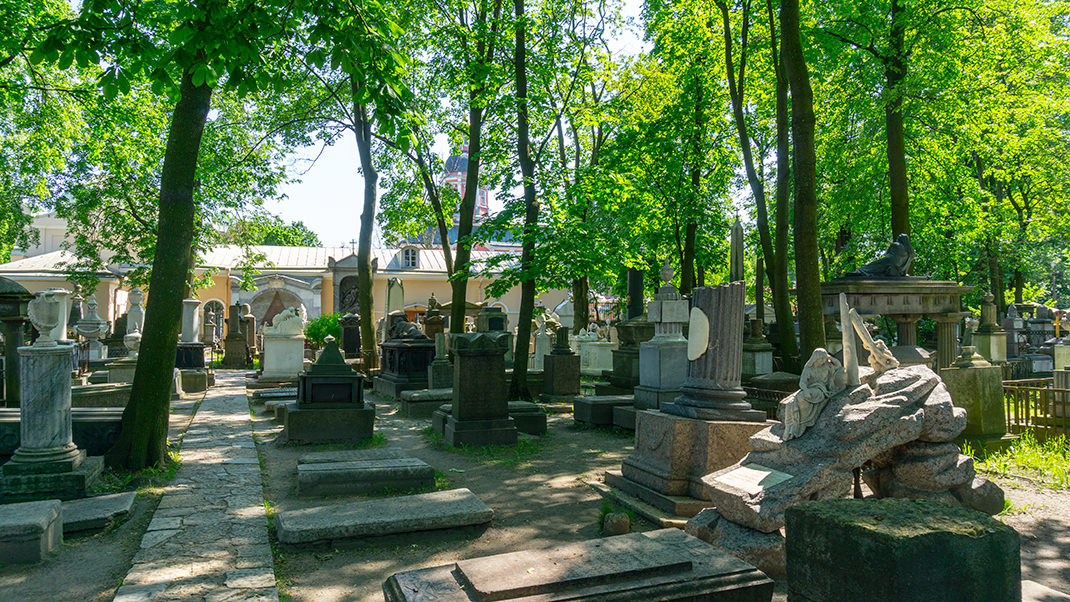

Returning to the necropolis itself, high-artistic tombstones and monuments began to appear here from the very beginning. Now, there are about a thousand of them. It is no wonder that since the first half of the 20th century, the cemetery has been an open-air museum.
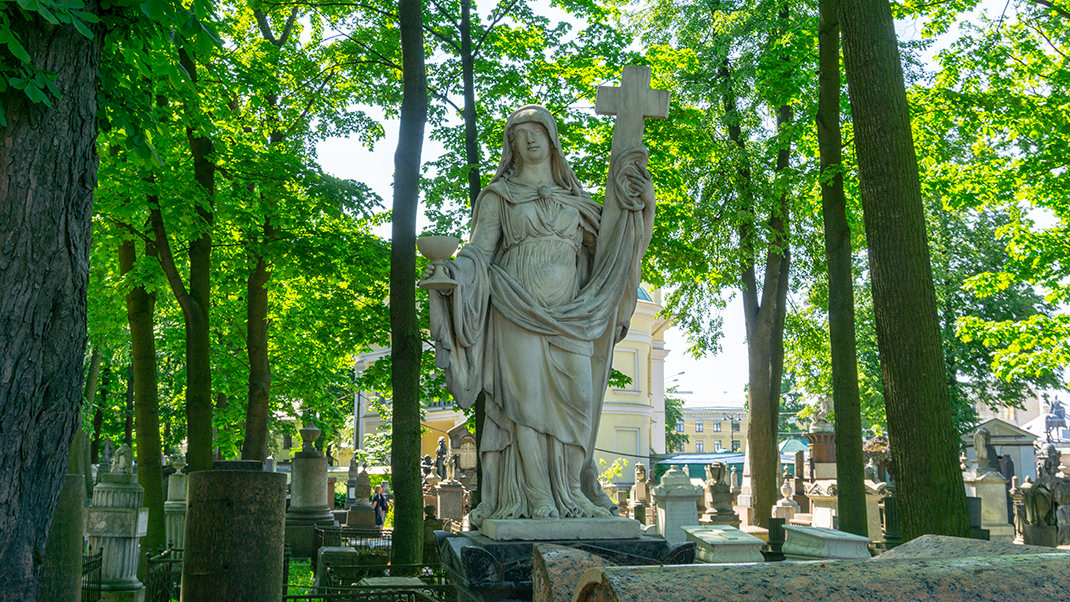

There are many famous burials here; I will highlight just a few. In the necropolis, you can find tombstones for the scientist M. V. Lomonosov, the widow of A. S. Pushkin, N. N. Lanskaya, architect A. N. Voronikhin, and statesman S. Y. Witte.
Annunciation Crypt
The Annunciation Crypt, or the Church of the Annunciation of the Most Holy Theotokos and St. Alexander Nevsky, is the first stone structure in the Lavra ensemble. It was laid in 1717. The project architect was Domenico Trezzini.

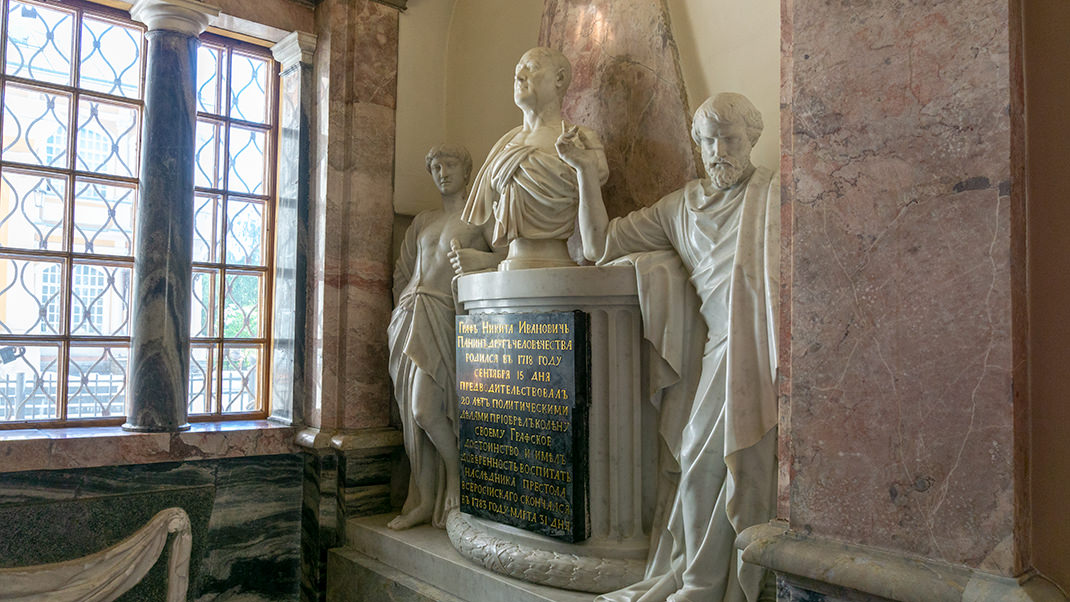
In 1724, the relics of Prince Alexander Nevsky were transferred here from Vladimir. Later, in 1790, on the day of the consecration of the Trinity Cathedral, they were moved to the new church.
Now, like in the necropolises of the Lavra, the crypt contains the graves of many notable individuals from its time: church and state officials, military leaders, and other prominent figures.
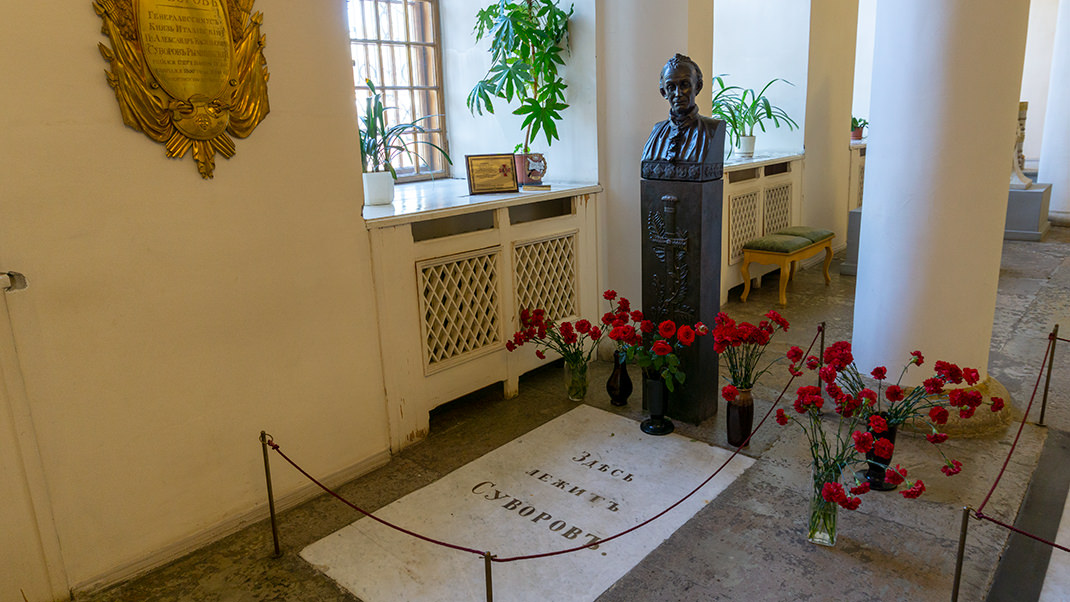
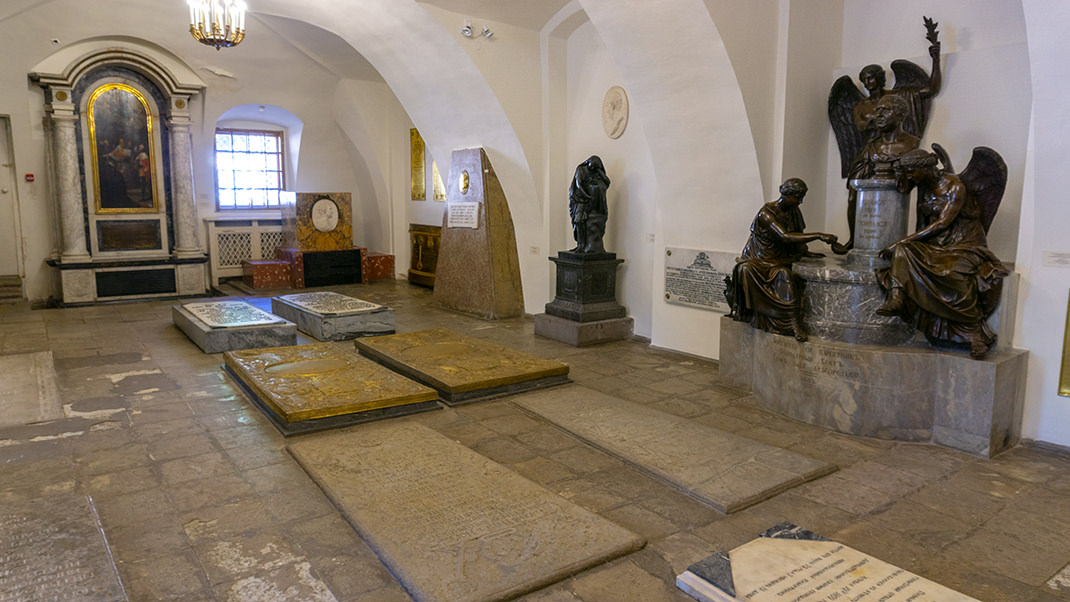
It is worth mentioning that royal persons and their relatives are also buried here. The remains of Natalia Alexeyevna, Peter's sister, were transferred from the Lazarev Crypt here. Other notable burials include Anna Leopoldovna (regent during Ivan VI), Natalia Alexeyevna (first wife of Paul I), Tsarevich Peter Petrovich (son of Peter I who died in infancy), and other close relatives of Russian rulers.
Peter III, the husband of Catherine II, who overthrew him, was also buried here. After the Empress's death, his remains were transferred to the Peter and Paul Cathedral. A modest plaque inscribed "Here lies Suvorov" can also be found in the Annunciation Crypt. The burial of the famous Russian commander took place in 1800.
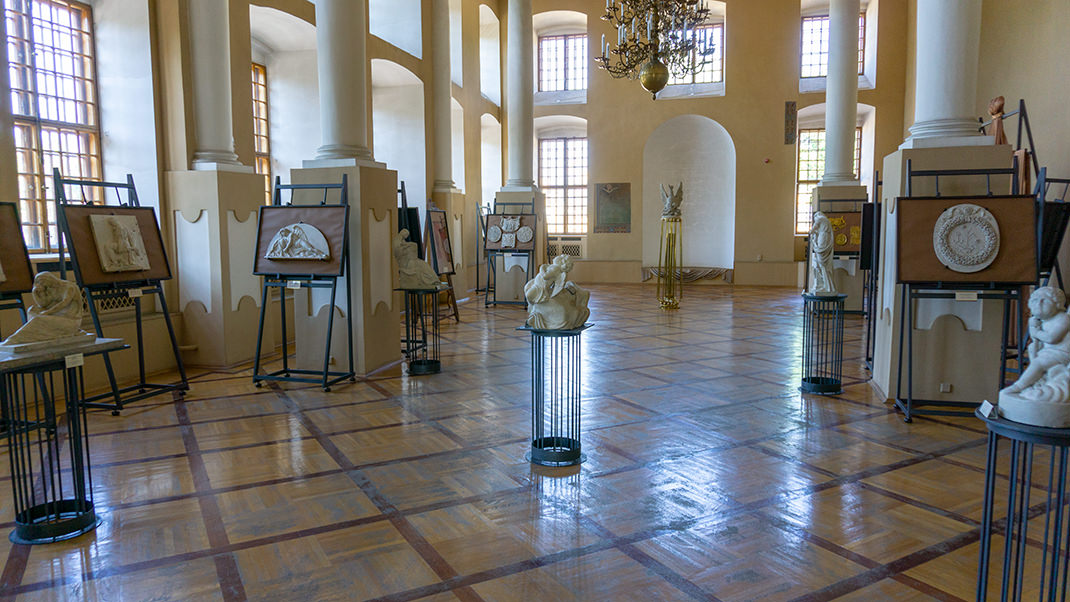
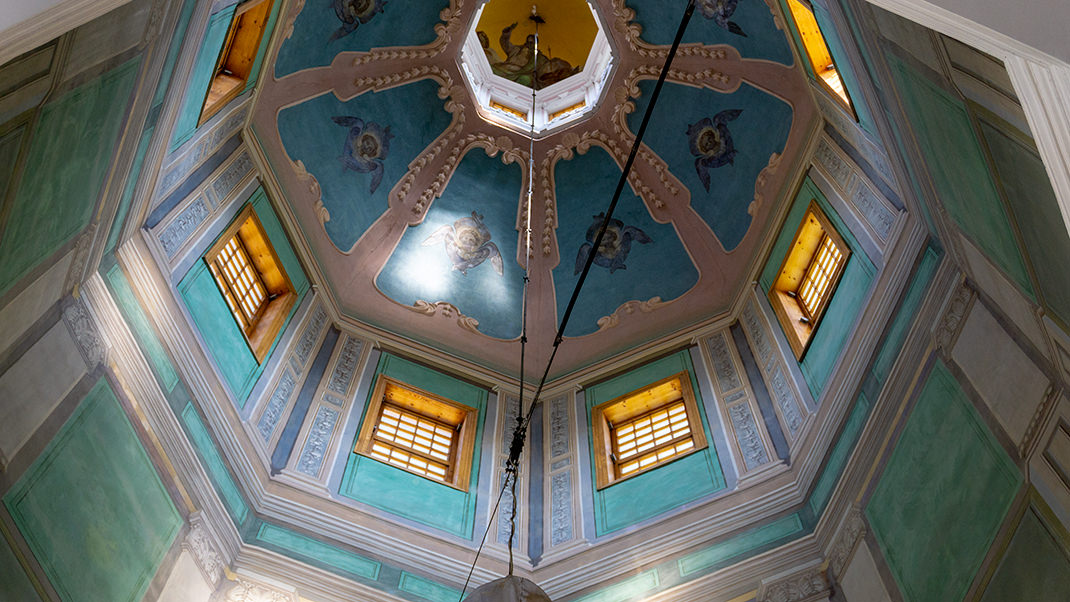
The Museum of Tomb Sculpture was opened in the Annunciation Crypt in 1950. The second floor of the building houses the exhibition "Monumental Sculpture of St. Petersburg from the 17th to the 20th Centuries." By the way, I recommend the exhibition "St. Petersburg in Architectural Models and Drawings. 18th-19th Centuries" at the Academy of Arts for those interested in the history of St. Petersburg's architecture. It features models of famous St. Petersburg buildings.
In summary:
- An opportunity to learn about the history of young St. Petersburg,
- Several architectural and exhibition complexes in one place,
- The tour is included in the admission price to the necropolises.
- Part 1: Alexander Nevsky Lavra in Saint Petersburg. Necropolis of Masters of Arts


